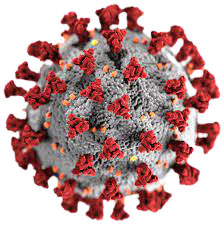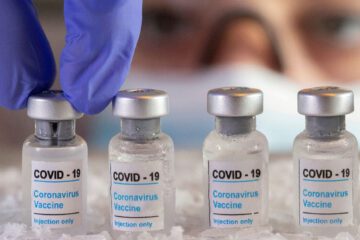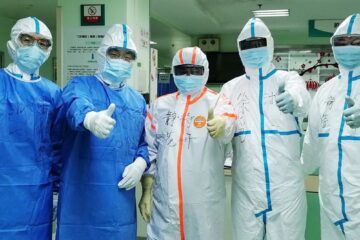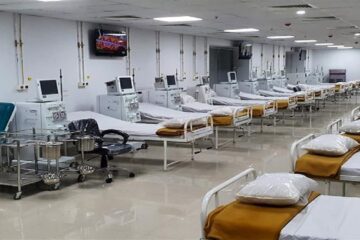WEAR MASK. SAVE LIVES.
When wearing a facemask, don’t do the following
Don’t wear your face mask under your nose or mouth
Don’t allow a strap to hang down. Don’t cross the straps
Don’t touch or adjust your facemask without cleaning your hands before and after

Don’t wear your face mask on your head
Don’t wear your face mask around your neck
Don’t wear your face mask around your arm
Self- Awake Proning
What is PRONING?
PRONING is the process of turning a patient with precise, safe motions, from their back onto their abdomen (stomach), so the individual is lying face down.
Proning is a medically accepted position to improves breathing comfort and oxygenation.
It is extremely beneficial in COVID-19 patients with compromised breathing comfort, especially during home isolation.
IMPORTANCE OF PRONE LYING
Prone positioning improves ventilation, keeps alveolar units open and breathing easy.
Proning is required only when the patient feels difficulty in breathing and the SpO2 decreases below 94 (less than 94).
Regular monitoring of SpO2, along with other signs like temperature, blood pressure and blood sugar, is important during home isolation.
Missing out on hypoxia (compromised Oxygen circulation) may lead to worsening of complications.
Timely proning and maintaining good ventilation could save many lives.
Proning Technique
- 30 minutes- 2 hours: laying on your belly. If patient is on oxygen support then oxygen should not be removed in this position, turn head to left/ right side & continue O2 support. Place the pillows
under the head, chest and pelvis for support but abdomen should not be compressed
- 30 minutes- 2 hours: laying on your left side
- 30 minutes- 2 hours: sitting up
- 30 minutes- 2 hours: laying on your left side
- Then go back to position 1: lying on your belly

Caution
-Avoid proning for an hour after meals
-Maintain proning for only as much times as easily tolerable
-One may prone for up to 16 hours a day, in multiple cycles, as felt comfortable
-Pillows may be adjusted slightly to alter pressure areas and for comfort
-Keep a track of any pressure sores or injuries, especially, around bony prominences
Avoid Proning in conditions like
Pregnancy
Deep venous thrombosis (Treated in less than 48 hours)
Major cardiac conditions
Unstable spine, femur, or pelvic fractures
Non-self pronating patients (in emergency)
- Five-step method to place a patient in the prone position using a regular bed, flat sheet, and family members
- Using a flat sheet, pull the patient to one side of the bed.
- Place the flat sheet around the arm that will pull through (the side you are turning toward).
- A second flat sheet is placed on the bed and tucked under the patient. This sheet will pull through as you are turning the patient.
- Using the sheet, turn the patient over and position the patient prone. The arm and sheet will pull across the bed.
- Pull and center the patient. Discard the sheet that was used to place the patient in the supine position. Straighten lines and tubes.
Source: https://www.mohfw.gov.in/
DISCLAIMER
This guide is for informational purposes only and should not be construed as advice or as a substitute for consulting a physician. It is not a substitute for medical advice or treatment from a healthcare professional. We are not responsible for the content, accuracy or timeliness of the information provided. While the guide aims to provide up-to-date information on the COVID-19 pandemic, it will be updated with a frequency of about 2-3x/week.


